When I first heard that famed architect Daniel Libeskind is being commissioned to design the National Museum of the Jewish People in Washington, D.C., my first thought was, “Is this really necessary?”
Plans call for the museum to take up part of the site currently occupied by the Old Post Office building on Pennsylvania Avenue. According to its Web site, the museum will “define what Jewish culture is and … consider how, throughout history, Jews and Judaism have affected and been affected by the array of cultures and civilizations with which Jews have been in contact or in which they have been embedded.”
Wasn’t it only last year that the National Museum of American Jewish History opened in Philadelphia, with great fanfare? According to that museum’s mission statement, its purpose is to “connect Jews more closely to their heritage and to inspire in people of all backgrounds a greater appreciation for the diversity of the American Jewish experience.”
Perhaps the organizers of the Washington project feel a national Jewish museum belongs in the national capital. Of course, Washington already has the U.S. Holocaust Memorial Museum (not to mention the Lillian & Albert Small Jewish Museum and the National Museum of American Jewish Military History). The Holocaust museum isn’t a Jewish museum per se, but it is dedicated to an essentially Jewish narrative.
One could argue — as its planners do — that a D.C. museum dedicated to Jewish contributions “will thereby balance the tragic story told” by the Holocaust museum. Yet it still raises questions about communal priorities. In a torpid economy, Jewish communities are struggling to fund education, identity programs and social services. You have to wonder if the better response to the “tragic story” told at the Holocaust museum is a cause dedicated to, well, living Jews.
It turns out that Washington actually had a national Jewish museum. The B’nai B’rith Klutznick National Jewish Museum was housed at B’nai B’rith’s headquarters on Rhode Island Avenue. Since the sale of the building in 2002, the collection — which includes George Washington’s famous letter to the Hebrew Congregation at Newport — has been in limbo. As the Forward reported last month, “[P]rogramming ceased long ago, and the museum, to all intents and purposes, is on life support.”
A new Jewish museum in Washington would join the National Museum of the American Indian and the National Museum of African American History and Culture, which is scheduled to open in 2015. These museums are justified — first, by way of atonement, and second, to remind visitors to the capital of the two defining cataclysms of American history. The museums memorialize the victims of slavery and Western expansion while celebrating their cultures and accomplishments. The stories they tell serve as a vital counterpoint to the largely celebratory narrative of the National Mall.
Jews are also central to American history — but so are a host of ethnic and religious groups. Washington shouldn’t become an ethnic Epcot, with every group telling its story in a building designed by a celebrity architect. It’s a sort of special pleading that runs counter to the most powerful message of the Smithsonian, the monuments and many other sites on or near the Mall — that is, we are all in this together.
And yet we deserve to have our story told, and Americans of all backgrounds should hear it. Perhaps there is a solution to this proliferation of Jewish museums, one that celebrates our accomplishments while honoring — here’s the neat part — the Jewish genius for dispersion, replantation and acculturation.
What if various museums and collections were to combine forces on one terrific traveling exhibition, picking out the choicest artifacts and technologies and bringing them to cities and towns large and small across the country?
Imagine a “pop-up” museum akin to the pop-up restaurants and boutiques that are currently the buzz of Manhattan. A Wandering Jewish Museum would spring up in a town, generating publicity and excitement. It could tell the Jewish story in places where not that many Jews live, to people who may not visit a Jewish museum when they vacation in New York or Washington. Local Jewish historical societies and museums could add their own artifacts, demonstrating how their story fits into the larger sweep of American-Jewish heritage. In each new location, the exhibit, like the Jews themselves, would have to adapt to new geography, new local cultures, and different laws and regulations.
If Jewish history tells us anything, it is that we have to constantly reinvent ways to tell our story. According to Pirkei Avot, Moses received the Torah at Sinai and passed it to Joshua, who passed it to the Elders, who passed it to the Prophets, and so on. Eventually this oral tradition gave way to a written one. Jewish life was once centered on the Temple rituals. When the Temples were destroyed, the Jews were forced into exile but seized it as an opportunity to create a portable faith, one that adapted to circumstances but remained grounded in the stories and rituals of the past.
When it comes to telling our stories to ourselves and others, it’s time for getting our artifacts together and taking them on the road.
Andrew Silow-Carroll is editor-in-chief of the New Jersey Jewish News.
This article is reprinted with permission from the New Jersey Jewish News, which can be read at njjewishnews.com.






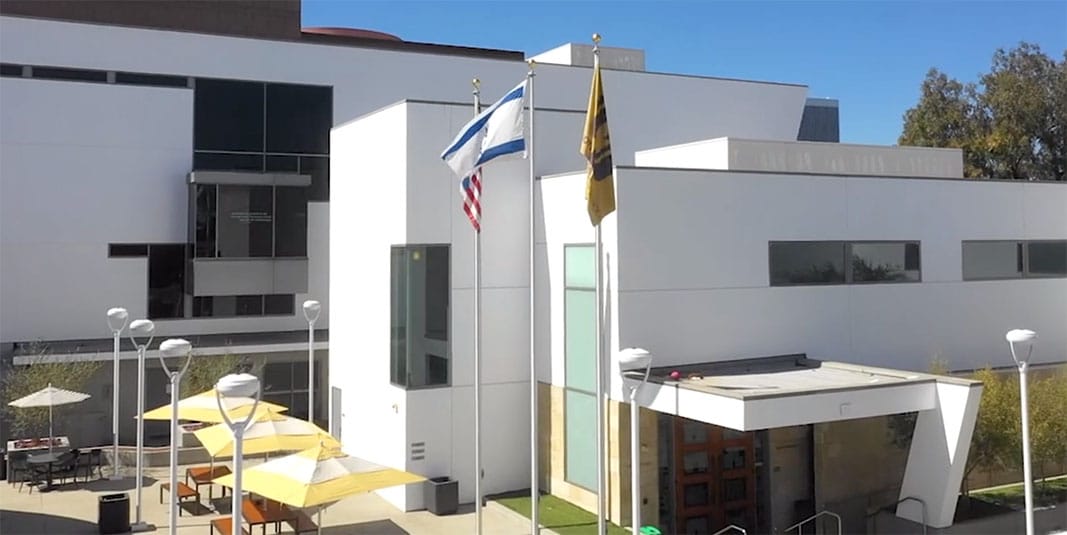

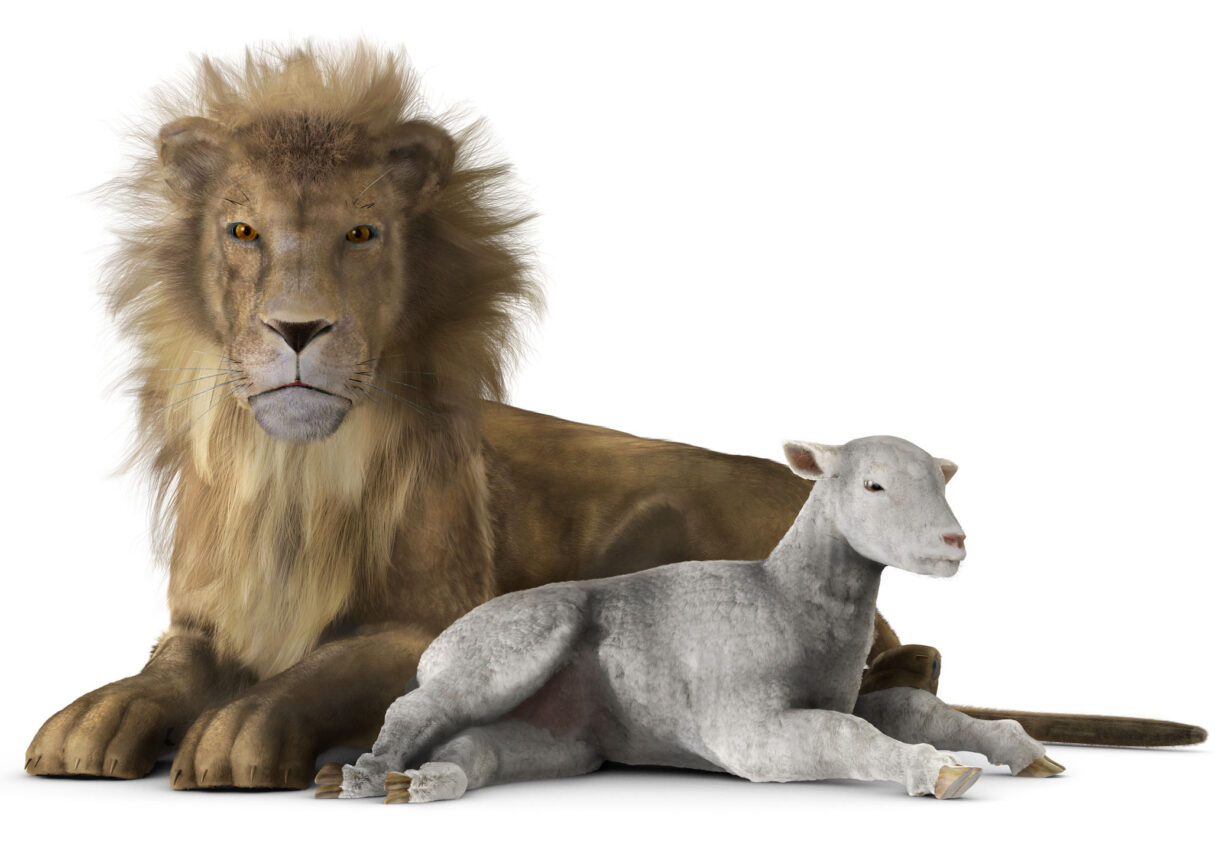

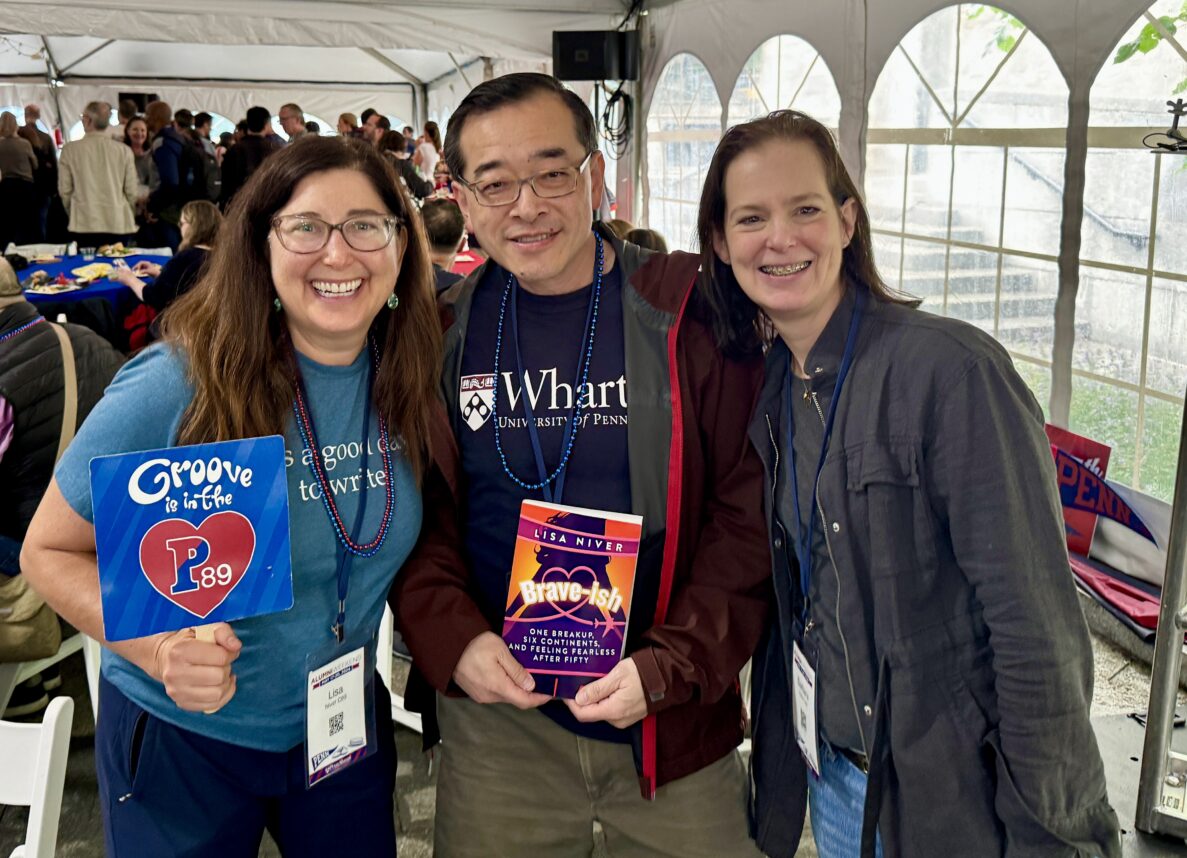



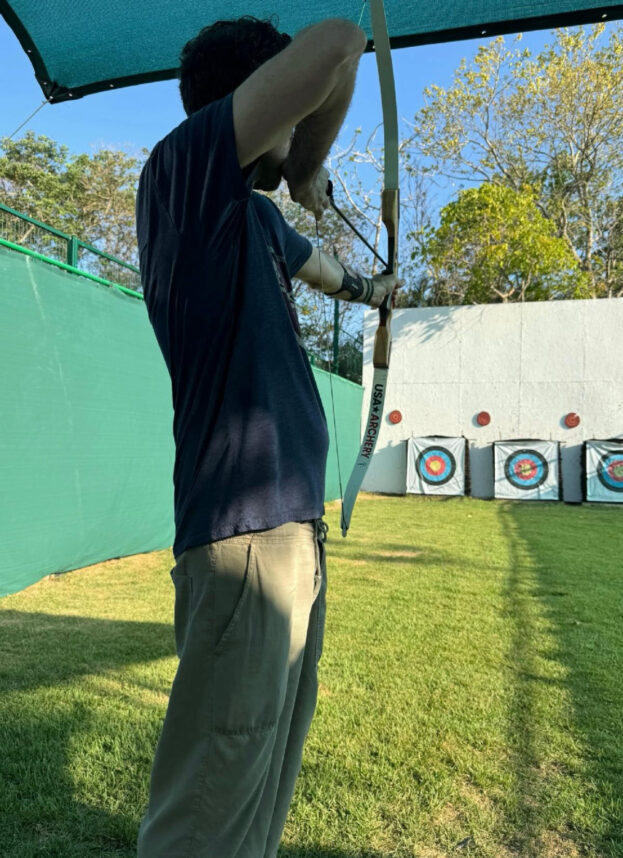






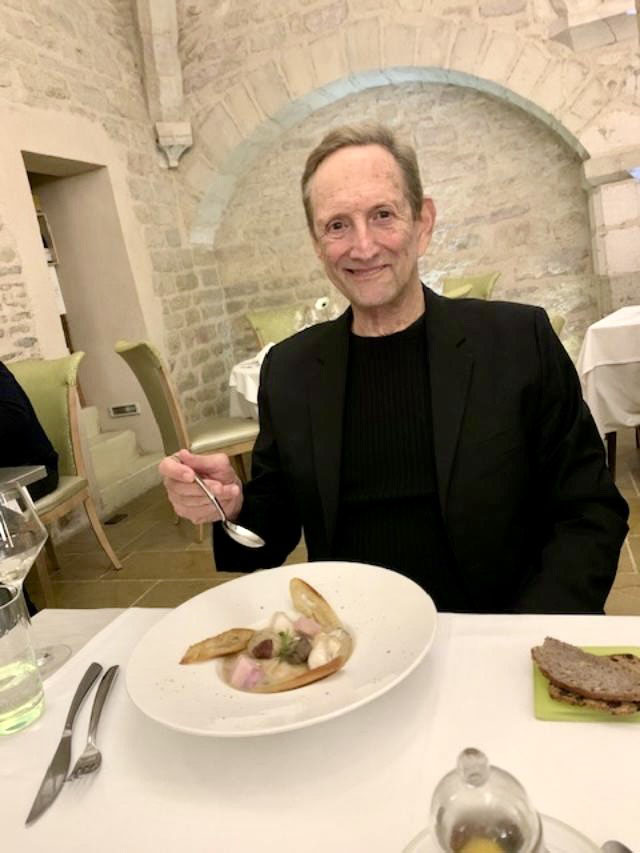
 More news and opinions than at a Shabbat dinner, right in your inbox.
More news and opinions than at a Shabbat dinner, right in your inbox.